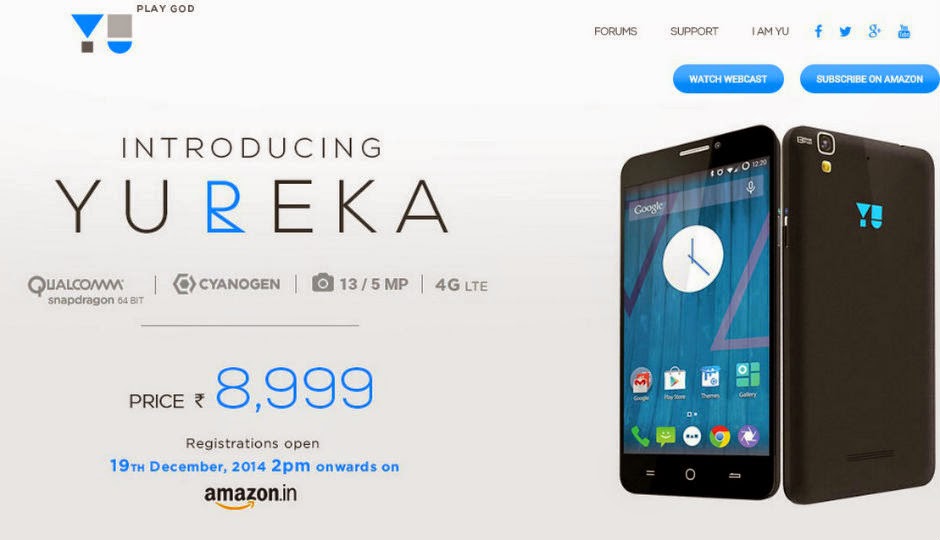WhatsApp users across the world are being targeted by cyber scammers who are circulating fake messages inviting users to test the new calling feature that fills the phone with dangerous malware.
According to the Daily Star, if users click on the link, they are taken to another website where they are asked to take a survey on behalf of the popular messaging service.
However, the survey forces people to download applications and software that might contain dangerous malware.
WhatsApp has not announced the calling feature officially. However, some users claim to have used it.
WhatsApp calling feature is one which is eagerly being looked forward to by everyone. We have read news about how WhatsApp is testing this feature in India. Also WhatsApp had activated the invite-feature for some users for a short period of time last month, so those users can still use WhatsApp calling feature. It has however, not been officially rolled out. By that limited time invite method, a person could activate their friends’ WhatsApp calling feature by giving them a call via WhatsApp. This feature has since been disabled.
It seems like WhatsApp has become a hotbed for cyber scammers. Back in January, one of our team members had got a random message with a contact card to call a certain ‘Diya’, whose number gave an Ivory Coast address. Using pictures of women and sending spam links on social media is a fairly tried and tested method of ensuring chaos on the Internet. Very often gullible users tend to fall for such scams and might even go on to add such a person on WhatsApp, which is dangerous as this person could try and get personal information such as bank account details, email passwords by trying to be friends them.
Back in 2012, another message was doing the rounds which promised lifetime free WhatsApp usage provided the user sent a message to 10 other friends and so on.





































